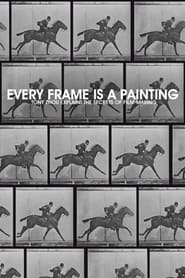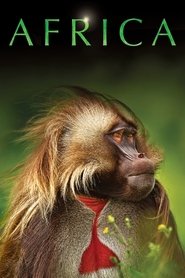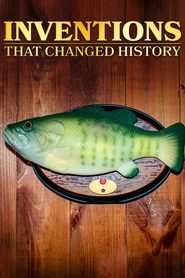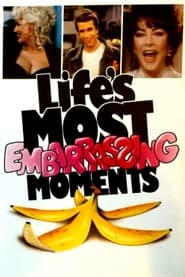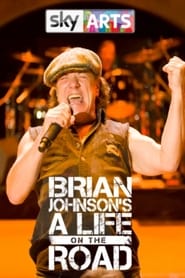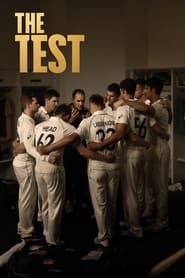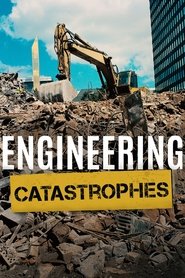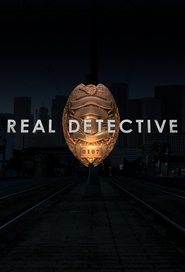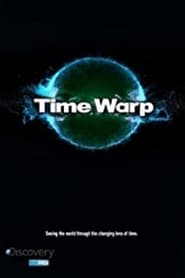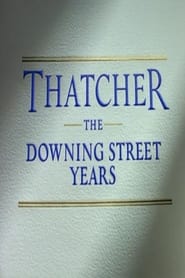Best Documentary TV Series - Page 116
-
Every Frame a Painting
2014
star 8.7Every Frame a Painting is dedicated to the analysis of film form. -
The Impressionists with Tim Marlow
1998
The Impressionists and their circle have become the international superstars of Western painting. But whilst their popularity is greater than ever, it is easy to forget the revolutionary nature of the Impressionists' art. In this series, Tim Marlow takes us on a journey through the great art movement of the late nineteenth-century and explores some of the most beautiful paintings ever created. -
Cold Case: Who Killed JonBenét Ramsey
2024
star 7.5Police missteps and a media circus derailed the JonBenét Ramsey murder case. This definitive docuseries chronicles the decades-long quest for justice. -
Africa
2013
star 8.3Africa, the world's wildest continent. David Attenborough takes us on an awe-inspiring journey through one of the most diverse places in the world. We visit deserts, savannas, and jungles and meet up with some of Africa's amazing wildlife. -
Reel History of Britain
2011
star 6Reel History of Britain is a 20 part series being shown on BBC Two, presented by Melvyn Bragg and about the history of modern Britain; through the eyes of people who were there. It was shown from 5–30 September 2011. The programme is a social history documentary, charting the course of the twentieth century through archive film, plus interviews and recollections of key events that have taken place in the last one-hundred years, since the advent of moving film. In each episode, Bragg goes to a different place in the UK and shows people film in a 1950s Ministry of Technology mobile cinema, then gauges their reactions and captures them on film. -
Inventions That Changed History
2022
star 7The wild and often unbelievable stories behind the world's most important inventions. -
Life's Most Embarrassing Moments
1983
star 6A series of television comedy specials primarily featuring some of the most well-known faces in the world... doing some of the most embarrassing things on camera including "blooper" outtakes from film and television. -
Union with David Olusoga
2023
star 1National identity, social class, inequality. David Olusoga shines a light on our fractured modern society through the lens of the past, exposing the fault lines dividing the UK. -
Brian Johnson's A Life on the Road
2017
star 7.7One of rock music’s iconic and tour-hardened frontmen, Brian Johnson, gives us a brand new and exclusive take on one aspect of the rock and roll life: live performance, touring and being ‘on the road’. -
Was ist Was TV
2001
Was ist Was TV
2001
This is a children knowledge show. There are three animated figures: Theo (a blue question mark), Tess (a red exclamation mark) and Quentin (a yellow full stop), who are "the hosts" of this show. They introduce the show and entertain the young audience. The second part shows several small segments of documentaries, which explains simply for kids. The several topics are nature, animals, history and technics. -
Food Factory
2012
star 7.4Each episode offers a behind-the-scenes view of production lines in food factories across Canada to find out how some of the most-popular food items are really made. Through the ingredients, techniques and required processes, this documentary series reveals how raw ingredients are turned into everyday eats. -
The Test
2020
star 7.5A docuseries following the Australian Men’s Cricket Team, offering a behind-the-scenes look at how one of the world’s best cricket teams fell from grace and was forced to reclaim their title and integrity. -
Engineering Catastrophes
2018
star 6.2From the hilarious to the mind-boggling, from the deadly to the bank-busting, witness some of the most outrageous structural disasters and the genius resolutions to get things back on track. -
Ervin Laszlo’s Legacy of a Coherent Universe
2018
As a philosopher, Ervin Laszlo has spent a majority of his life digging into these mysteries. The fruits of his research reveal some startling discoveries of our untapped potential as a sapient species connected with a conscious coherent universe. -
Kus dřeva ze stromu
2008
Kus dřeva ze stromu
2008
-
Real Detective
2016
star 7.7With narrative driven exclusively by the detectives themselves, each episode ventures deep into the mind of a homicide detective as they describe in vivid detail the one case forever ingrained in their memory. -
Time Warp
2008
star 6.5Time Warp is a popular science-themed television program produced for the Discovery Channel in the United States, in which Jeff Lieberman, an MIT scientist, teacher, and artist, along with high speed camera expert Matt Kearney, use their high speed camera to examine everyday occurrences and singular talents. Time Warp captures common everyday events and views them again in slow motion to uncover the many principles of physics. To do so, they examine things such as a drop of water, explosions, gunshots, ballet dancing, cornflour, shallow water diving, X games and sometimes some uncanny things like piercing one's cheek or standing on blades. The high speed cameras are used at as low as 500 frame/second for capturing how dogs drink to as high as 40,000 frame/second for capturing bullets, breaking glass, etc. Speeds above 20,000 frame/second are shot in black and white as the data for lightness and darkness is reduced when there is no color value to shoot. This is because the recording is digital and so the frame rat -
Thatcher: The Downing Street Years
1993
star 10A history of the eleven years which Thatcher spent as Prime Minister of the UK.
